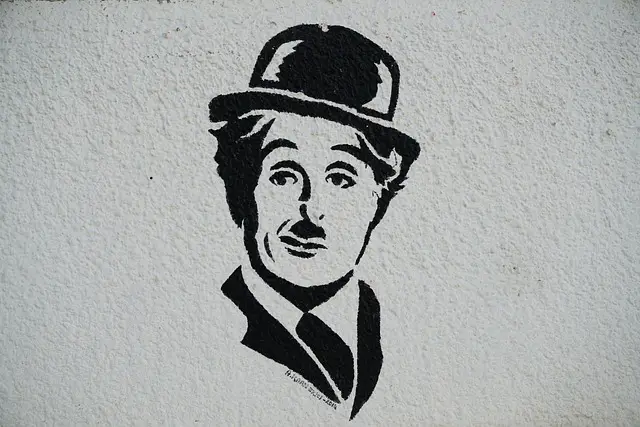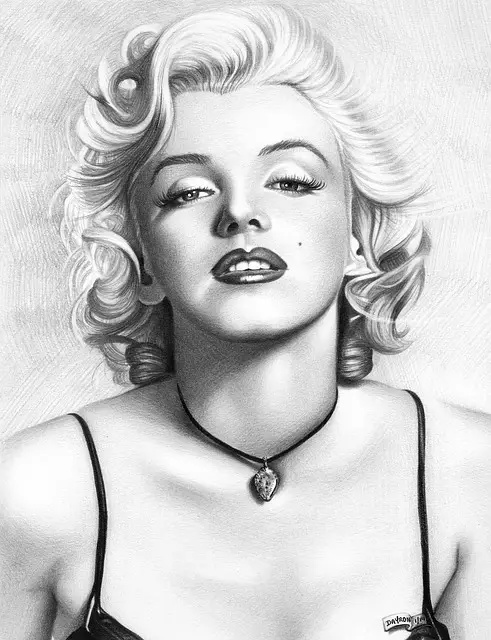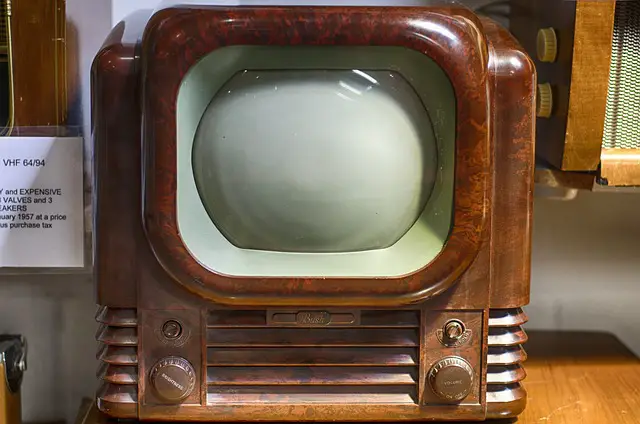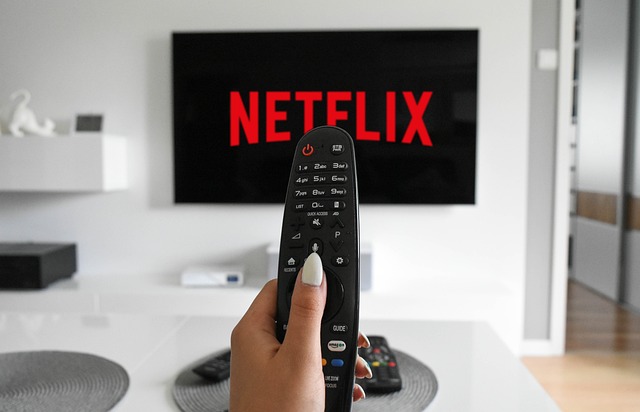The history of TV, film, and entertainment in America is a rich and complex one, spanning over a century of cultural and technological developments. In this article, we will explore the evolution of entertainment in America, from its earliest days to the modern era.

The Early Days of Entertainment
The origins of entertainment in America can be traced back to the late 19th century, when a variety of forms of entertainment began to emerge. Vaudeville shows, traveling circuses, and minstrel shows were popular during this time, providing audiences with a mix of comedy, music, and variety acts.
The Rise of Film
The advent of film in the early 20th century transformed the entertainment industry, providing audiences with a new way to experience stories and characters on screen.

The first film studio, the Edison Manufacturing Company, was established in 1893, and over the next few decades, Hollywood became the center of the film industry in America.
Silent films were popular during this time, with stars such as Charlie Chaplin and Buster Keaton becoming household names.

The Golden Age of Hollywood
The 1930s through the 1950s are often referred to as the Golden Age of Hollywood, as the film industry experienced a surge in creativity and output. During this time, Hollywood produced a number of iconic films and introduced many legendary stars, including Clark Gable, Audrey Hepburn, and Marilyn Monroe.

The Rise of Television
In the 1950s, television began to emerge as a major form of entertainment, providing audiences with a new way to consume content in their own homes. Television programs such as I Love Lucy and The Honeymooners became instant hits, and soon, the major networks were producing a wide range of programming, including news broadcasts, game shows, and sitcoms.

The Evolution of Entertainment in the Digital Age
The 1990s and 2000s saw the rise of digital technologies, which had a major impact on the entertainment industry. The internet made it possible to distribute and consume content in new ways, and streaming services such as Netflix and Hulu disrupted the traditional model of film and TV distribution.

The rise of social media also had a major impact on the industry, allowing audiences to engage with content and connect with their favorite stars in new ways.
Today, the entertainment industry continues to evolve, with new technologies and platforms emerging all the time. The proliferation of smartphones and other mobile devices has made it possible for audiences to consume content on the go, and virtual reality and other immersive technologies are providing new ways to experience entertainment.

Conclusion
The history of TV, film, and entertainment in America is a long and fascinating one, marked by major technological advancements, cultural shifts, and iconic figures.
From the early days of vaudeville and minstrel shows to the rise of Hollywood and the advent of television and digital technologies, entertainment in America has undergone significant transformations over the past century.
Despite the challenges and disruptions of the modern era, however, the industry continues to thrive, providing audiences with a rich and diverse array of content and experiences.